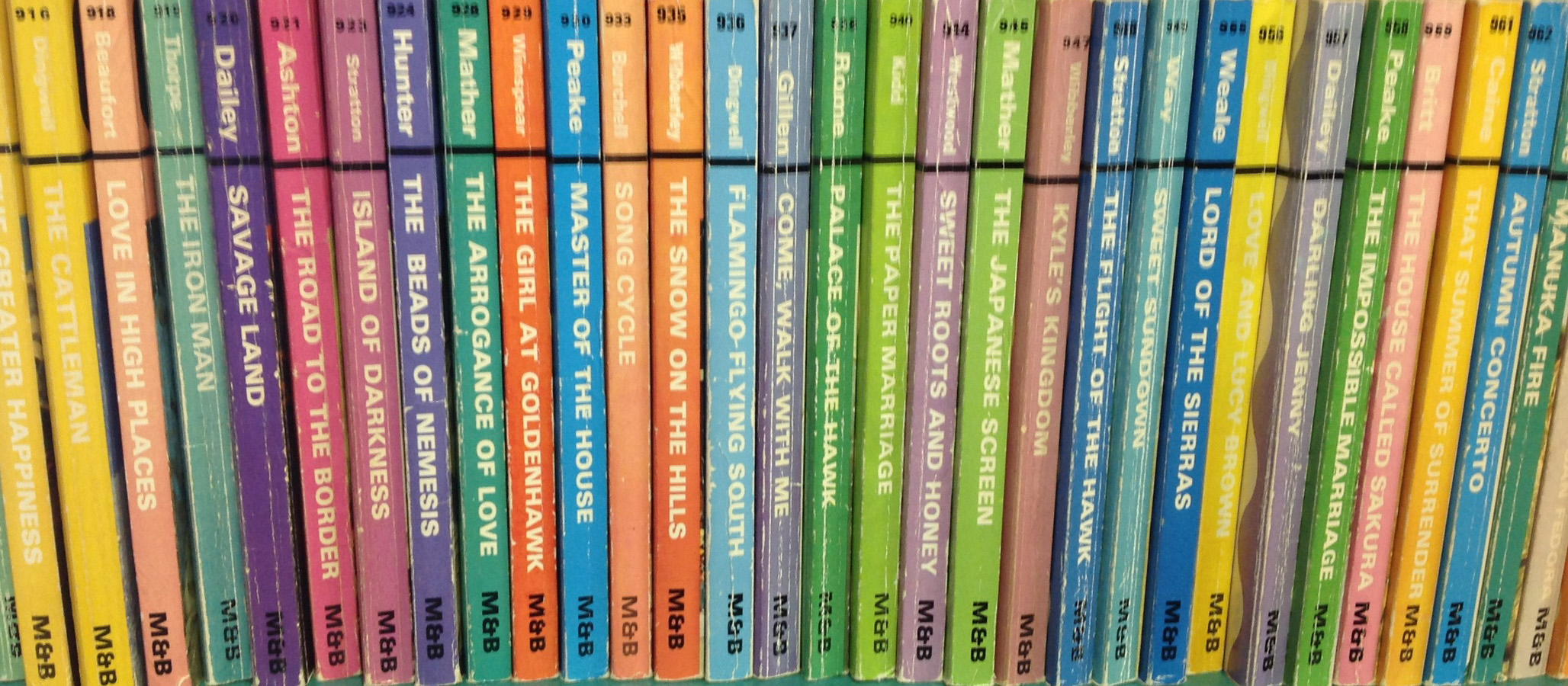The Category Romance Project: First-year Students Researching Romance
Start Date
13-4-2018 9:00 AM
End Date
13-4-2018 10:00 AM
Proposal Type
Individual Presentation
Abstract
Books are artifacts of popular culture (Radway 1984, Thurston 1987, Illouz 2014). Paperback romances in particular have a social life beyond the single reader and the text (Jensen 1984, Newcomb 2002). “Vintage” category romances – commercial romance novels published twenty years old and older – can provide a fascinating data set for “community inquiry” (CoI), and a novel way to introduce students of writing to textual analysis.
In its third iteration, my Ithaca College course Reading Popular Romance, is a writing-intensive first-year seminar taught using a Community of Inquiry (CoI) approach to instruction. CoI frames the classroom as a site of inquiry. My understanding of teaching writing is grounded in what Brian Street (1993) over twenty years ago named New Literacy Studies (NLS). NLS shares the Foucauldian notion of discourse as a powerful ideological rhetoric that frames people’s interpretations of everyday life. Through language we create, acknowledge, but most often presume mythologies and master narratives that in turn guide and make sense of our actions.
The Category Romance Project requires students to use social science methods like discourse analysis and coding to explore romance as an artifact of popular culture. It asks students to think about romance critically, both as a master narrative and as an expression of the female imagination that is disdained like no other. This presentation will explain the course’s organization, pedagogical approach, and the Category Romance Project itself. It will provide examples of assignments and student work, and ask for feedback.
WORKS CITED
Illouz, E. (2014). Hard-core romance: Fifty Shades of Grey, best-sellers, and society. Chicago: University of Chicago Press.
Jensen, M. A. (1984). Love’s sweet return: The Harlequin story. Toronto: Women’s Educational Press.
Newcomb, L. H. (2002). Reading popular romance in early modern England. NY: Columbia University Press.
Radway, J. A. (1984). Reading the romance: Women, patriarchy and popular literature. Chapel Hill: University of North Carolina Press.
Street, B. V. (1993). "The new literacy studies, guest editorial". Journal of Research in Reading. 16 (2): 81–97.
Thurston, C. (1987). The romance revolution: Erotic novels for women and the quest for a new sexual identity. Urbana: University of Illinois Press.
The Category Romance Project: First-year Students Researching Romance
Books are artifacts of popular culture (Radway 1984, Thurston 1987, Illouz 2014). Paperback romances in particular have a social life beyond the single reader and the text (Jensen 1984, Newcomb 2002). “Vintage” category romances – commercial romance novels published twenty years old and older – can provide a fascinating data set for “community inquiry” (CoI), and a novel way to introduce students of writing to textual analysis.
In its third iteration, my Ithaca College course Reading Popular Romance, is a writing-intensive first-year seminar taught using a Community of Inquiry (CoI) approach to instruction. CoI frames the classroom as a site of inquiry. My understanding of teaching writing is grounded in what Brian Street (1993) over twenty years ago named New Literacy Studies (NLS). NLS shares the Foucauldian notion of discourse as a powerful ideological rhetoric that frames people’s interpretations of everyday life. Through language we create, acknowledge, but most often presume mythologies and master narratives that in turn guide and make sense of our actions.
The Category Romance Project requires students to use social science methods like discourse analysis and coding to explore romance as an artifact of popular culture. It asks students to think about romance critically, both as a master narrative and as an expression of the female imagination that is disdained like no other. This presentation will explain the course’s organization, pedagogical approach, and the Category Romance Project itself. It will provide examples of assignments and student work, and ask for feedback.
WORKS CITED
Illouz, E. (2014). Hard-core romance: Fifty Shades of Grey, best-sellers, and society. Chicago: University of Chicago Press.
Jensen, M. A. (1984). Love’s sweet return: The Harlequin story. Toronto: Women’s Educational Press.
Newcomb, L. H. (2002). Reading popular romance in early modern England. NY: Columbia University Press.
Radway, J. A. (1984). Reading the romance: Women, patriarchy and popular literature. Chapel Hill: University of North Carolina Press.
Street, B. V. (1993). "The new literacy studies, guest editorial". Journal of Research in Reading. 16 (2): 81–97.
Thurston, C. (1987). The romance revolution: Erotic novels for women and the quest for a new sexual identity. Urbana: University of Illinois Press.


